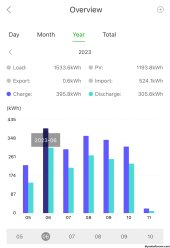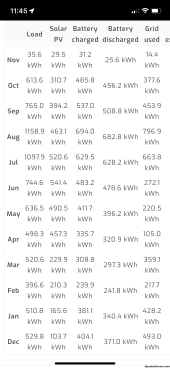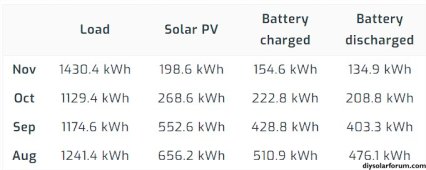So apparently 12W consumption with no load, maybe 30W when feeding something else?
But only known within the accuracy of SoC estimation.
Contactors do consume power, there is current going through a coil. 12W, doesn't really surprise me. I was thinking it was FET, and that there shouldn't be any power consumption except while switching, or current flowing.
"Economizers" reduce that. Voltage and current needed to close contactor is high, to hold closed much less. If you're into hacking them, you might be able to add something into the coil drive circuit.
SOC requires tracking current over time. A clamp ammeter could at least show current flow. Clamped outside, wouldn't necessarily show what coil consumes. Clamped inside, between cells and circuitry, it should show BMS/contactor consumption as well as inverter consumption (if connected). 12W at 48V would be 0.25A, and some clamp ammeters have 0.1A resolution. Some have 0.01A resolution, better for this task, but still about 0.08A error. If zeroed just before use, should be reasonably accurate for a quick measurement.






